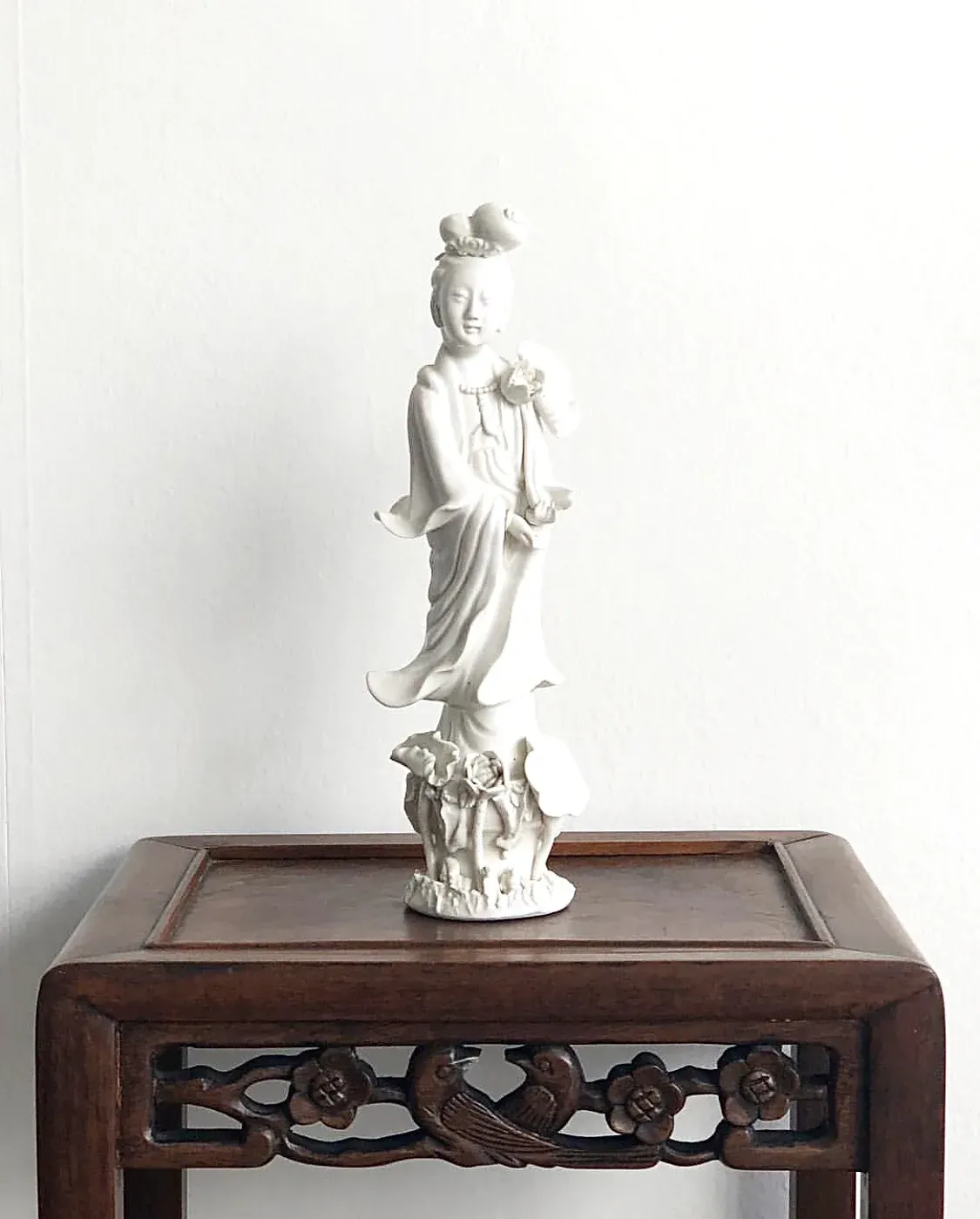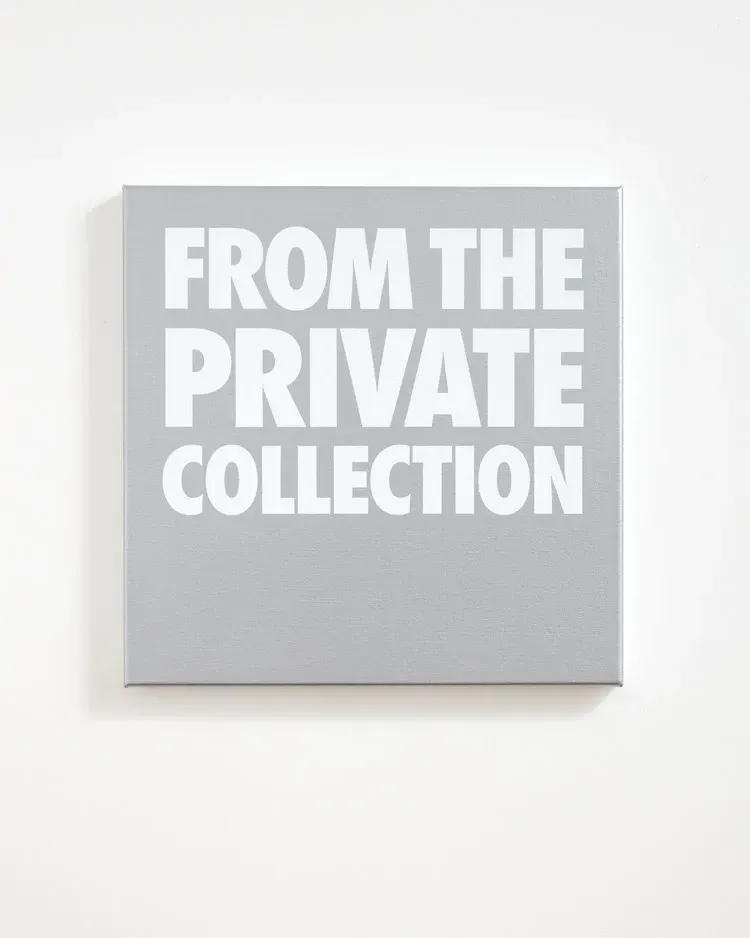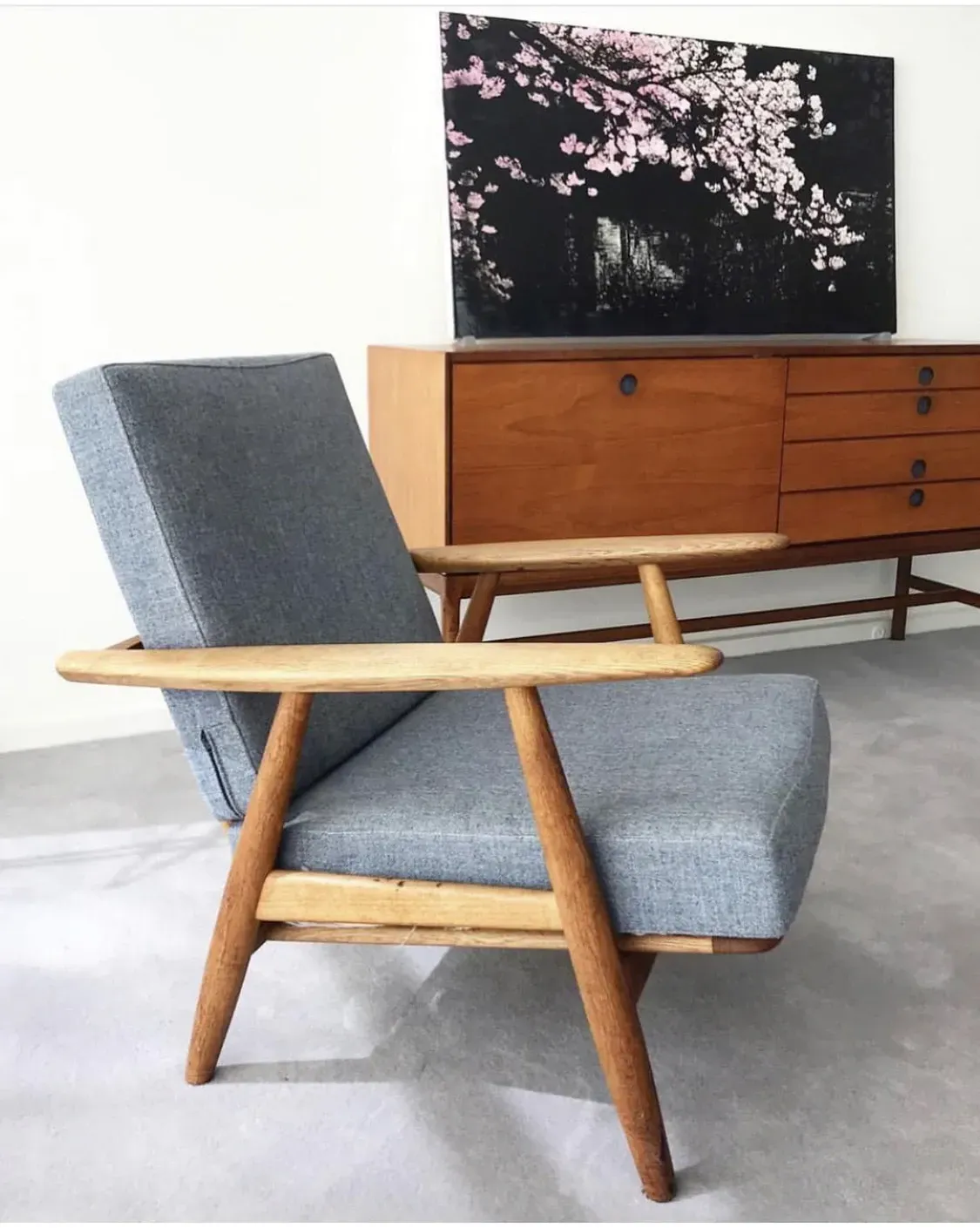Why What You Collect Matters
Written by

The days of visiting galleries and exhibitions are temporarily on hold. The lost opportunity to get motivation from walking through new spaces and soaking in different works is a void The Big Idea wants to help fill.
Our ‘House Visits’ series takes you into the homes and working spaces of people in the creative world, to see what they have collected on their travels, what it means to them and what they’re using as inspiration inside their own four walls.
John McCormack - Auckland
My partner and I have a collection of over 300 items, which we continue to add to – not just because we are addicted to collecting, but also because it allows us to live with art, not just work with it. Most of it is in storage at any given time, but we keep it in circulation in our apartment with changing installations, in much the same way that art galleries do.
During the lockdown period, our collection has served a new purpose, giving us a creative space to work in as well as live in. I recall a line from a very well-known collector and businessman who when asked why he collected contemporary art replied, “because I think differently when I’m around it.”
It’s a timely observation. We face an unpredictable future where everything will change, as it did after the Great Depression, and we all need creative space to think our way into the new unknown. I’m currently thinking about a small world I inhabit – our art scene and what it will look like in a post-COVID setting.
The Tour Begins
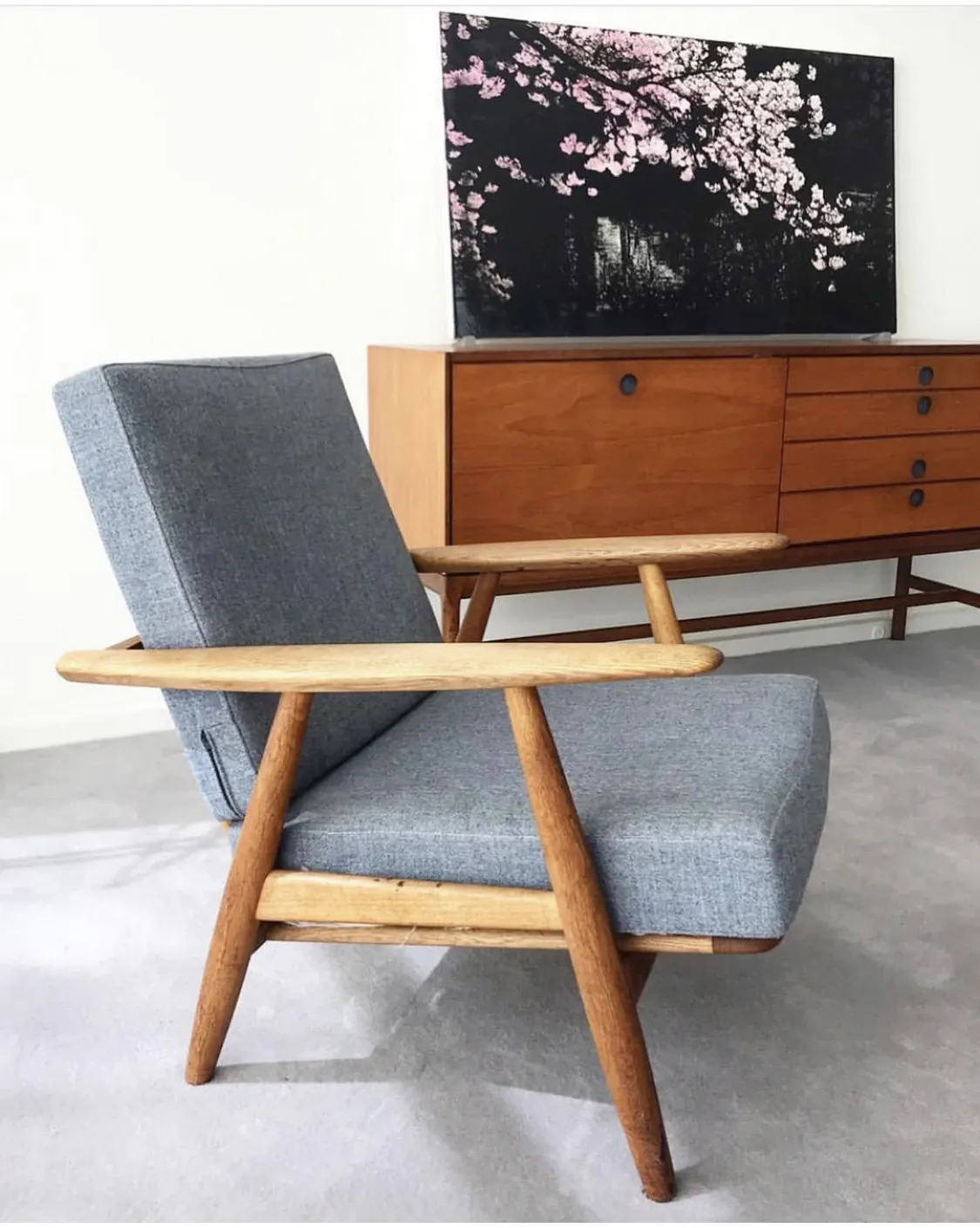
CE-240 Cigar chair by Hans Wegner, designed in 1955.
Our apartment is my workspace, a bubble if you like, where things I love and gain inspiration from surround me. I work from my favourite ‘Cigar’ chair by Hans Wegner (with computer on my lap), a counterpoint to Louise’s favourite chair by our own mid-century modern designer Garth Chester. On the walls are a kowhaiwhai-patterned light box by Michael Parekowhai and paintings by Simon Denny, Kim Fisher, Michael Harrison, Michael Illingworth, Susan Norrie and Gordon Walters.
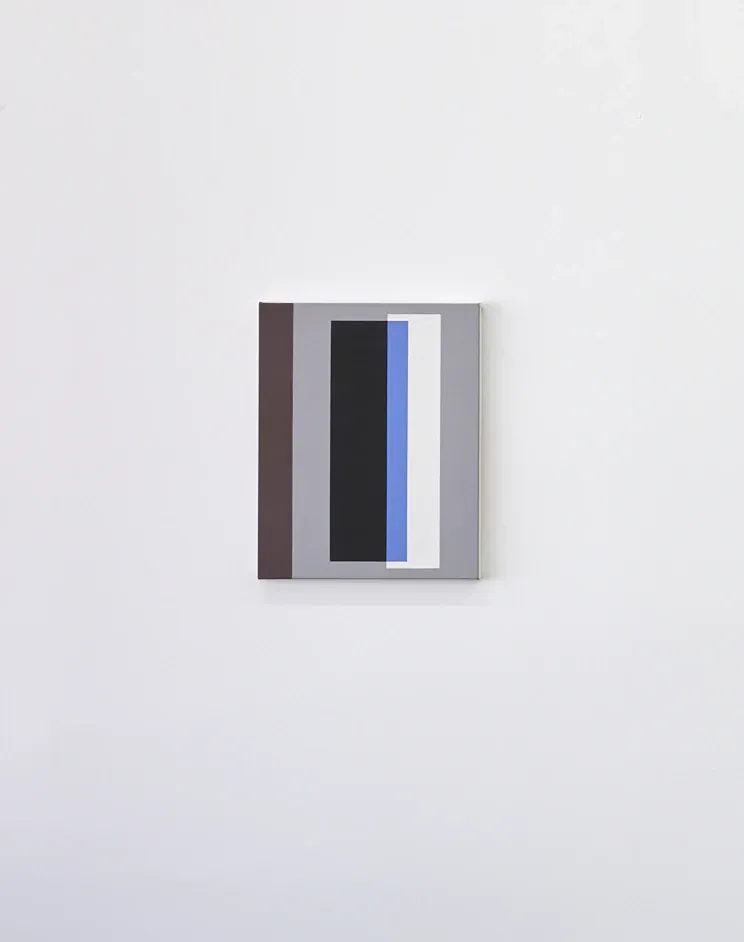
Gordon Walters, [Untitled], 1991, acrylic on canvas, 505 x 405 mm, Image courtesy of the Walters Estate.
There’s a large-format photograph by Fiona Pardington titled Portrait of Kakaley (painted), Solomon Islands, which resonates with me because one of my aunts was a nurse in the Methodist mission in the Solomons in the 70s.
There’s a rainbow sculpture by Billy Apple and a kinetic sculpture by Len Lye, along with pieces from The Estate of L. Budd and the et al. collective, and a small, punchy block by John Reynolds from his witty acronym series with the legend ABOVE MUDLINE inscribed in silver marker. A collage by British artist John Stezaker sits alongside a portrait of my daughter Briar by Peter Peryer.
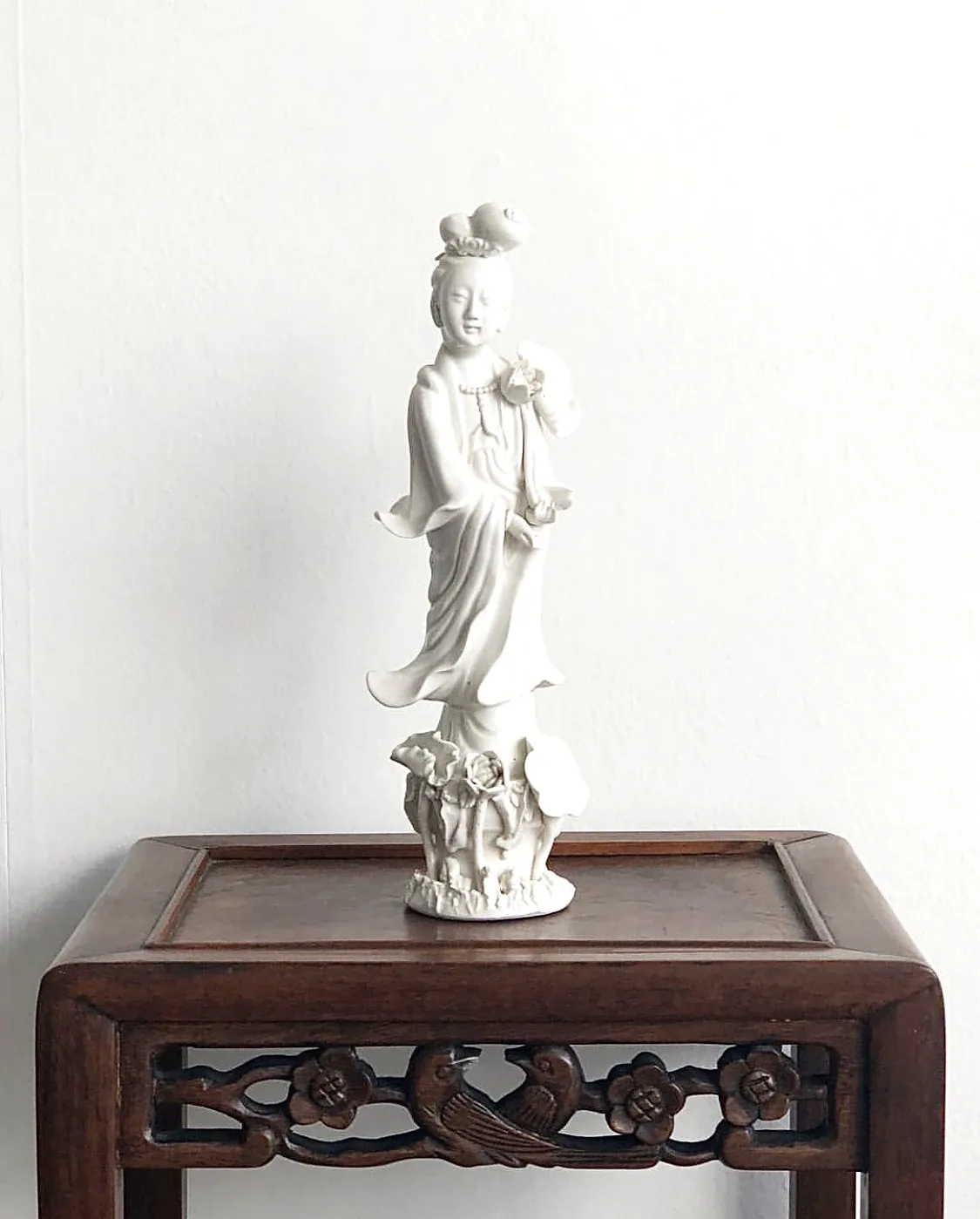
Guan Yin Blanc de Chine figurine of the Goddess of Mercy.
And there are family heirlooms – a Guan Yin Blanc de Chine figurine of the Goddess of Mercy acquired by Louise’s mother in Singapore in the 50s, and a large Imari bowl, which was a gift from my mother from her collection of Imari ware. They are placed alongside objects we have collected on our travels to China. On the floor is a shadow puppet theatre with a cast of cardboard figures and props made by Louise for our granddaughter Edie, which they use to perform their shadow plays.
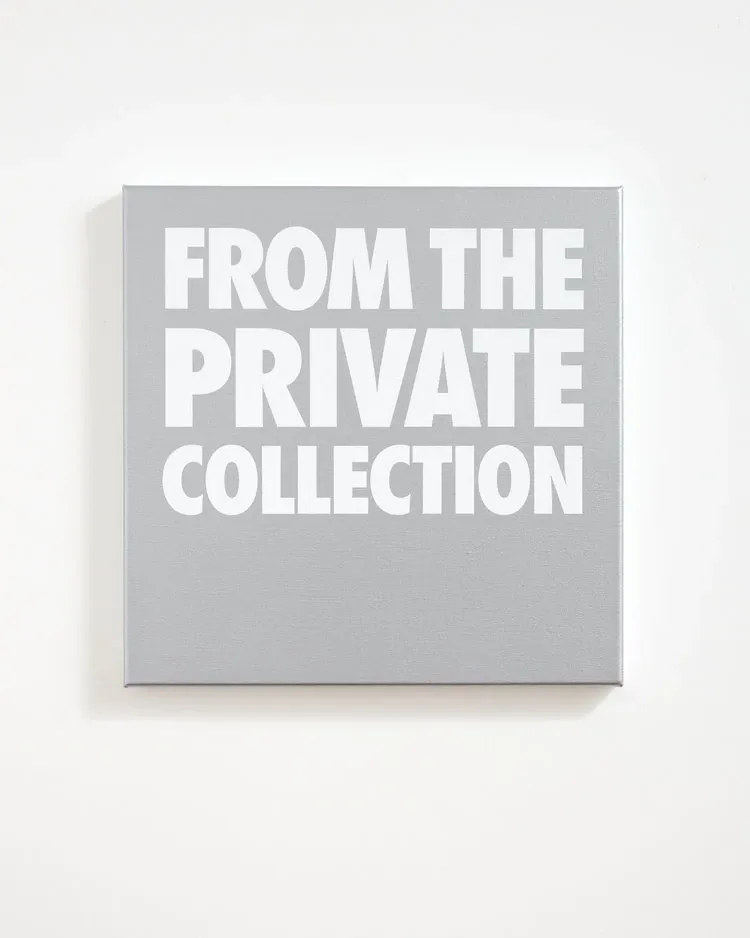
Billy Apple, FROM THE PRIVATE COLLECTION, 2018, Silver and titanium white on linen, 500 x 500 mm. This artwork is a portrait of the collectors and frontispiece for their collection.
It’s a space where past, present and future co-exists, and where we find inspiration in the practices and creative outputs of artists. Just as Billy Apple blurs the line between art and life, we blur the line between work and life. Our apartment is part home, part exhibition space, and part workspace. It’s a happy place to be in the time of COVID-19.
